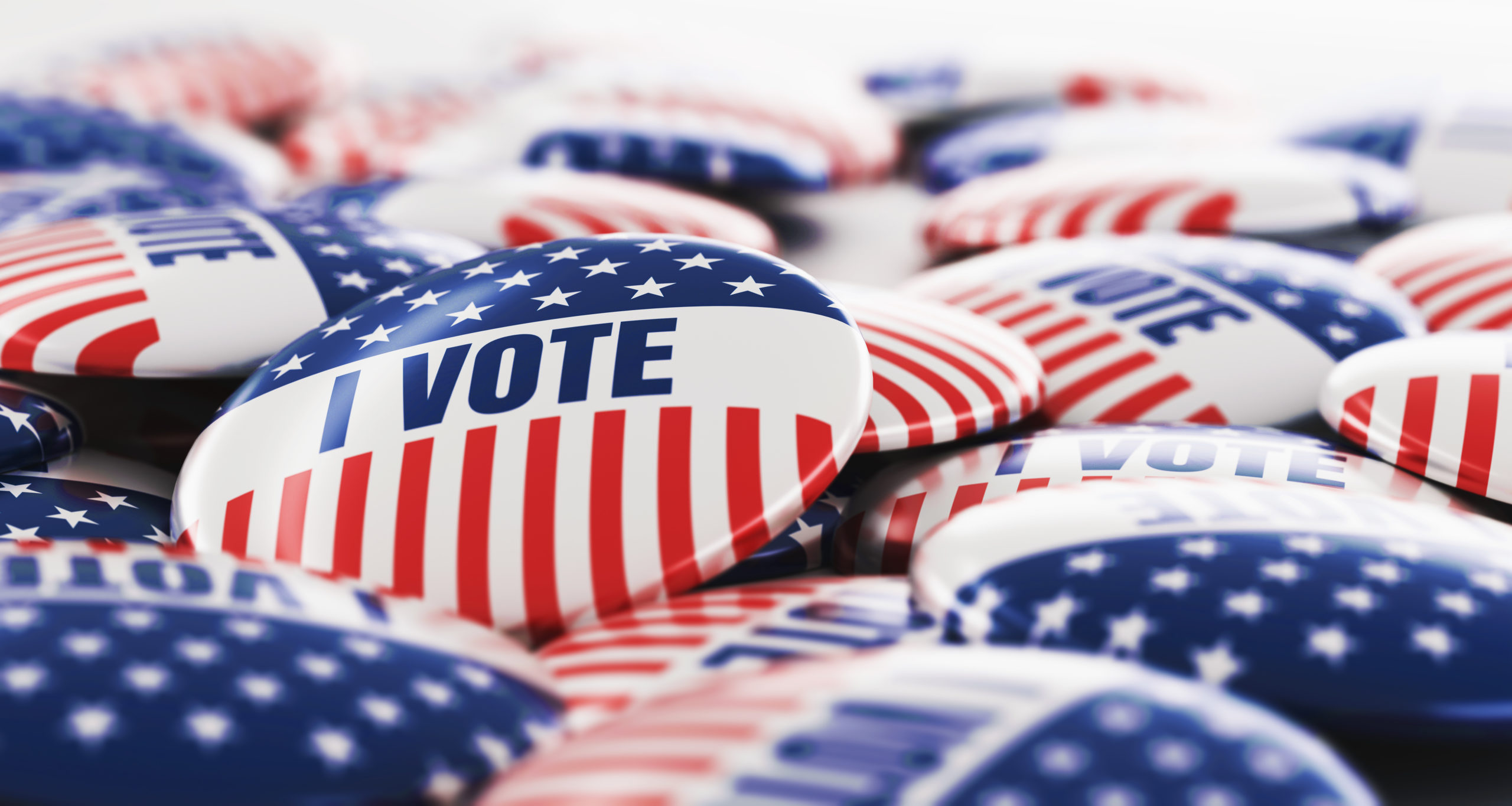Generation Z is one of the youngest and most digitally adjusted generations. Colloquially called “zoomers” or “the iGeneration,” they likely have never experienced pre-Internet life. Generation Z ranges from 7- to 22-year-olds born between 1997 and the early 2010s. This article is the third installment in a five-part series on market research among generations by Provoke Insights.
Marketers must not underestimate the buying power of this young cohort. Though they are young, they makeup 40% of global consumers and have an estimated spending power of $143 billion.
Generation Z is known for their short attention span, which averages around eight seconds. This, along with their ability to keep up with ever-changing trends, can be chalked up to the widespread accessibility of handheld smart devices at such a young age. Unlike Generation X or Baby Boomers, Generation Z is less loyal to specific companies and more willing to search around until they find something that meets their needs.
Generation Z is known for their love of online spending, brand conversations, and personalized digital experiences.
Major Events for Gen Z
A common misconception that brands hold about Generation Z is the assumption they are immature or unlived. However, though they are young they have experienced many serious events.
- Gen Z-ers may not remember the September 11th terrorist attacks, but they were raised in its wake.
- The release of the iPhone in 2007 marked a new era of handheld technology. Many Gen Z-ers’ first cell phones were smartphones.
- Gen Z-ers were brought up with the rise of social media, and are likely keenly aware of social media marketing tactics.
- The COVID-19 pandemic has disrupted many Gen Z-ers’ secondary and college educations. As the pandemic hit at such a formative time, the impact will likely run deeper among this cohort.
Market research among Generation Z is crucial for brands looking to grow. As this is the generation of the future and if your brand wants long-term growth, Gen Z will play a crucial role. Therefore, if your brand is thinking about targeting this young audience, the key is interactivity.
Gen Z-ers look for authenticity, sustainability, and accessibility. Market research among generation Z will allow your brand to understand how to be authentic, sustainable, and accessible.
Retailers should aim for partnerships with direct-to-consumer and ecommerce brands, which can provide personalized shopping experiences. Collaborations with celebrities can make a brand stand out. Also, partnering with social media influencers can bring in new Generation Z consumers. Appealing to all generations, including Gen Z, is absolutely possible with interactivity at the forefront.
Interested in learning more about the other generations? Check out our article researching Generation X here.
Are you interested in our market research capabilities? Find more information here or email us at [email protected]
Finally, read some of our past blogs and case studies here:
IF YOU WANT TO, SIGN UP FOR OUR NEWSLETTERS HERE!
and finally, follow our social media accounts:
Twitter: https://twitter.com/provokeinsights


















